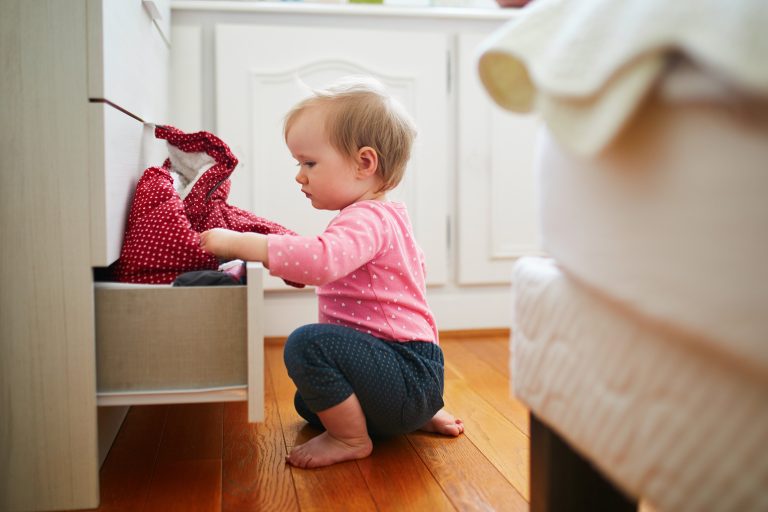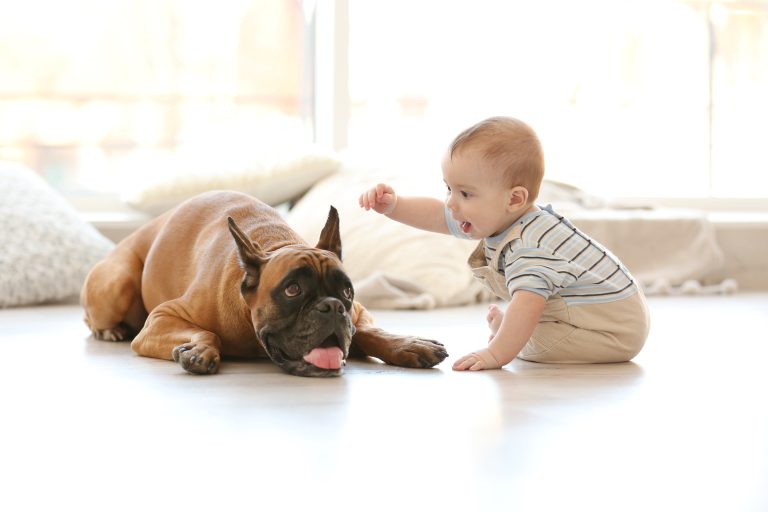Everybody wants to be a cat! Because a cat’s the only cat… who can provide the warmest moments to your kiddos at home! All songs and jokes aside, each cat lover who wants to raise their children together with cats has many doubts. Is it possible? How is it possible? What do we do to provide the best for both? Trust us when we say it is just as easy and cosy as a cat dozing off near a fireplace. Only with a couple of matters to keep in mind, we can raise our little ones together at home. Let’s sneak in, and learn more!
Benefits of Raising Kids with Cat(s) at Home
Worry not! Having a furry, fluffy friend at home comes with many benefits for your children. Cats are known for their professionalism in providing emotional support and reducing anxiety. They are as helpful when it comes to kids as they are to us adults. Along with many mental health benefits, cats are known to boost the immune system, especially when children are raised with them. Having a fluffy companion to take care of teaches your kids responsibilities and empathy as they spend more time with them.
Before Bringing a Cat Home
Each breed to its own, and if you have a chance to pick while adopting, choosing the right cat breed can be beneficial when bringing a feline friend into a household with kids. Some breeds like Ragdolls, Maine Coons, and American Shorthairs are known for their gentle and patient nature, making them more suitable cats for families. Preparing your home for the cat is equally important, ensuring your home is cat and children-friendly with safety essentials like safety gates, guards and socket covers is key to ensuring good and safe memories. Also, providing scratching posts, cat trees, and safe spaces for your cat to retreat when it is overwhelmed protects the well-being of your cat, allowing them to have a healthier relationship with the members of your household with less stress.
Introducing the Cat to Children
When introducing a cat to children, supervising their first interactions is key for them to form a healthy, long-lasting relationship. Keeping their first interactions short helps calm the cat down and get used to children more easily, not causing undue stress. Before getting a cat, teaching your children to respect the cat’s space is just as important, for them to not disturb the cat when having meals, naps or using the litter box. Mutual respect fosters a positive relationship, preventing any negative interactions.
Teaching Children About Cats
Educating your children on how to handle and interact with cats is vital, for them to have a harmonious, healthy relationship filled with love. Showing gentle petting, or proper ways to pick up a cat supporting both the front and hind legs ensures your feline friend feels safe and secure. If possible, teaching your kids to read cat body language is also important for them to know when to or when not to interact with the cat. Signs of discomfort such as a swishing tail, flattened ears or hissing indicate that the cat needs space and children should not force interactions on them. Understanding these signals helps your little ones interact with the cat more appropriately.
Health and Safety
With regular vet visits and vaccinations, maintaining the cat’s health is vital for keeping both your little one and their feline friend safe and sound. Also, monitoring for any signs of allergies in your children and consulting a doctor if necessary ensures the well-being of both the children and the cat. Minimising the risk of scratches, keeping your cat’s claws trimmed (at a healthy length) and providing scratching posts for them is important. These health and safety measures might seem small, but they help create a secure and healthy environment for every member of the household.
Responsibilities for Your Children
Involving your children in the daily care of their furry companion teaches them responsibility and helps them bond with the pet. Feeding the cat, ensuring it has fresh water, and measuring out the correct amounts of food are easy tasks that your children can handle under your supervision and can make them feel good and involved. Older children can also be taught to brush the cat and check for any signs of health issues, such as lumps or parasites. Additionally, if the hygiene is supervised by you, older kids can help clean the litter box.
Daily Care and Interaction
Having a routine is always of benefit to everyone, and can be of great help when it comes to taking care of kids and cats at the same time. Cats are also known for thriving on consistency, so regular feeding, grooming or playtime schedules keep them in a good mood, making them feel sound. Teaching your kid how to play with cats, and engaging them in interactive play with the cat using toys like feathers and laser pointers without over-exerting the cat not only provides your cat with necessary exercise but also strengthens the bond between your little one and their feline companion. When they both feel like not playing but exercising, preparing them areas where they can spend cosy times together with soft blankets and plush toys helps them spend more time together, These activities make room for positive interactions, enhancing their relationship.
Facing the Challenges
Both your cat and your children can encounter challenges while getting used to each other, and patience is key when integrating a cat into your household. Encouraging patience as the cat and children get used to each other, and teaching your kid about the cat as much as possible helps build trust over time. If you encounter any behavioural issues, they should be addressed as quickly as possible, and if the cat shows signs of stress or aggression, consulting a veterinarian or a professional animal behaviourist is advisable. Addressing challenges quickly, you can foster a positive relationship between your children and your cat, creating a safe environment filled with love for everyone.




